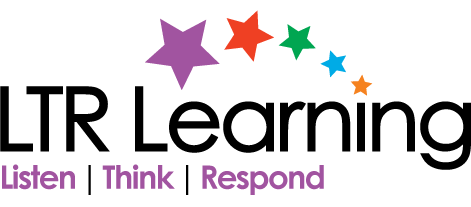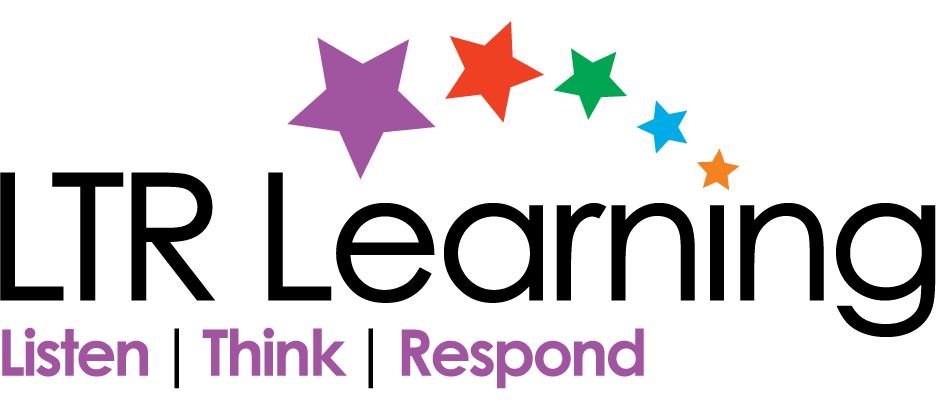As a community of teachers and learners, we need to think about why we do what we do in our classrooms. I have been thinking about the issue of ‘sight’ words recently, and have put my ideas down on paper.
I have always taught phoneme-grapheme correspondence because I believe that unless the alphabetic code is known and understood, students struggle to read, spell and write. English is de-codable, and memorization of every word is an unnecessarily daunting task! Most schools are now using phonics instruction as the most effective way to teach students to read and write.
The faster we can get students reading and writing, the better. This means that words with spelling patterns that have not been taught yet, should be learned as ‘sight’ words so that fluency and comprehension in reading can occur quickly, but not without grapheme and phoneme explanation.
Having said that, I think it is important to consider which words should be learned as ‘sight’ words. Why do students need to recognise ‘and’, ‘to’, ‘am’, ‘went’, ‘we’, ‘had’ and other words that have no grapheme complications and can be easily blended together? These are certainly ‘high frequency’ words, but not needing to be memorized as ‘sight’ words.
We also need to consider how many ‘sight’ words students really need to know, when we are explicitly teaching phoneme-grapheme correspondence. They only need a small number of ‘sight’ words to get them started with reading, because as they are taught in greater depth about the alphabetic code, they will be using their decoding and comprehension skills to read all words.
If phonics is the way we are approaching literacy learning, we should be teaching the grapheme-phoneme correspondence in these ‘sight’ words as well as expecting students to memorize them. Then the reading of the words will naturally flow into the ability to write them with understanding and fluency.
Michelle Johnson, LTR Learning (2018)

